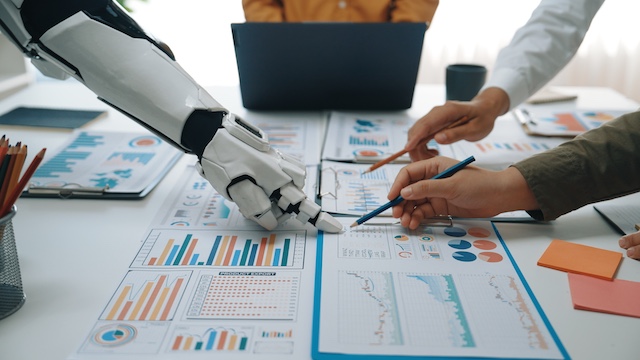What is Crowdsourcing?
Crowdsourcing is a collaborative method of obtaining ideas, services, or content by soliciting contributions from a large group of people, typically via the internet. Instead of relying on a single individual or organization, crowdsourcing leverages the collective intelligence and skills of a broader audience to achieve specific goals. This approach can be used for various purposes, such as solving complex problems, generating creative content, or gathering consumer feedback. Crowdsourcing often operates through online platforms, allowing businesses or individuals to tap into a global pool of talent and resources efficiently.
Why is Crowdsourcing Important in the Workplace?
Crowdsourcing has become an essential tool for innovation and problem-solving in the modern workplace. It provides access to diverse perspectives and expertise that may not be available within a single organization. By engaging external contributors, companies can generate fresh ideas, accelerate project timelines, and reduce costs compared to traditional in-house development. Additionally, crowdsourcing fosters a sense of community and engagement by involving customers, employees, or other stakeholders in decision-making processes. This inclusive approach can strengthen brand loyalty, improve customer satisfaction, and enhance the overall quality of products or services.
Real-World Examples of Crowdsourcing
Crowdsourcing has been successfully employed across a variety of industries. For instance, Wikipedia is a prime example of a crowdsourced knowledge platform, with volunteers from around the world contributing articles and updates. In the business world, companies like LEGO use crowdsourcing through initiatives like LEGO Ideas, where fans submit designs for new sets, and selected concepts are brought to market. Another notable example is NASA, which frequently uses crowdsourcing platforms to solve scientific and engineering challenges, tapping into the creativity and expertise of the global community. These examples highlight the transformative potential of crowdsourcing in driving innovation and collaboration.




